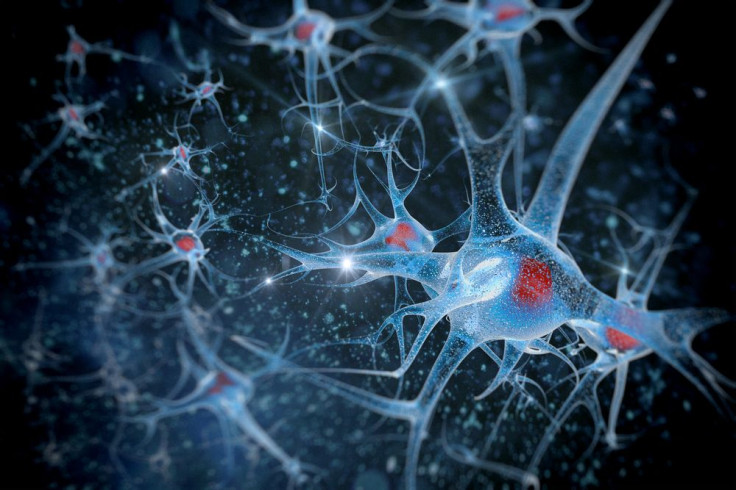Men And Women 'Wired Differently': Brain Scans Show Differences In Neural Circuitry

Cognitive differences between men and women could be the result of different “brain wiring.” That is the conclusion of a new study from the University of Pennsylvania, where researchers have discovered that male and female brains differ significantly in their neural circuitry. Aside from confirming the long-held belief that women outdo men in multitasking, the findings may have clinical relevance for psychiatric and neurological diseases.
The study, which is published in the journal Proceedings of the National Academy of Sciences, sought to investigate sex-related differences in the brain by deriving so-called connectome maps – detailed representations of neuron and synapse structures. Basically, these structures tell scientists how a particular brain processes stimuli and accesses information. By analyzing these cerebral patterns, researchers can estimate whether an individual will excel or perform poorly in a given situation.
Using information from nearly 1,000 brain scans, the study authors were able to generate two gender-wide connectome maps representing the average male brain and the average female brain respectively. According to senior author Ragini Verma, she and her team were surprised to see that the maps supported a range of contemporary stereotypes. "If you look at functional studies, the left of the brain is more for logical thinking, the right of the brain is for more intuitive thinking. So if there's a task that involves doing both of those things, it would seem that women are hardwired to do those better," she said, speaking to The Guardian. "Women are better at intuitive thinking. Women are better at remembering things. When you talk, women are more emotionally involved – they will listen more."
Male brains, on the other hand, were better structured to facilitate perception and coordinated tasks. For example, male brains had more connections in the cerebellum, which is believed to play an important role in motor control. "If you want to learn how to ski, it's the cerebellum that has to be strong," Verma explained.
For the study, the researchers used scans from 428 men and 521 women aged eight to 22. The subjects were scanned with a type of magnetic resonance imaging (MRI) technique called diffusion tensor imaging. Intriguingly, the gender differences in neural circuitry were significantly more pronounced in subjects older than 17.
“It's quite striking how complementary the brains of women and men really are," co-author Ruben Gur told reporters. "Detailed connectome maps of the brain will not only help us better understand the differences between how men and women think, but it will also give us more insight into the roots of neurological disorders, which are often sex-related."
Source: Madhura Ingalhalikar, Alex Smith, Drew Parker, Theodore D. Satterthwaite, Mark A. Elliott, Kosha Ruparel, Hakon Hakonarson, Raquel E. Gur, Ruben C. Gur, and Ragini Verma. Sex differences in the structural connectome of the human brain. PNAS 2013
Published by Medicaldaily.com



























